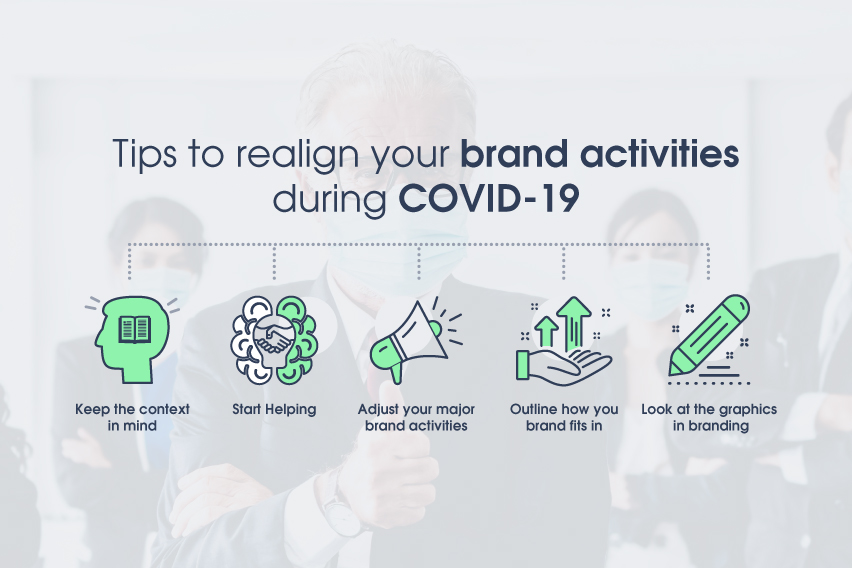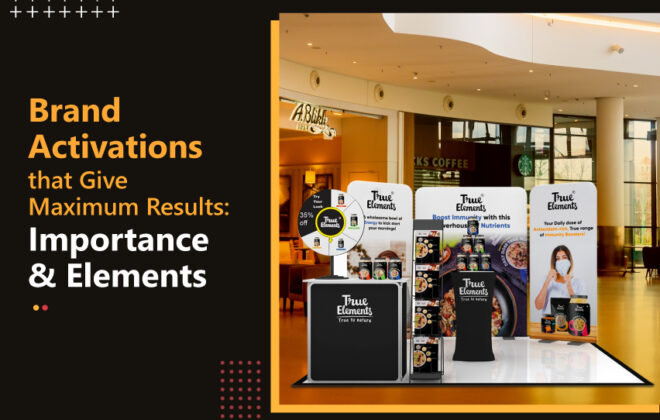Tips to realign your brand activities during Covid-19
Everyone is doing their best to stay afloat, in this health crisis. Consumer habits are in flux and supply chains are paused until this scenario gets better. But as the market drops, companies need to rapidly reassess, rethink, and reiterate their brand activities. Because the market will jump back up again, once the pandemic is alleviated. The silver lining is that this pause in the market offers time to think. These unique circumstances offer companies the time to reassess their brand practices and strategies.
So here are some tips to help change your perspective on how you should look at branding and promotion during Covid-19.
Keep the context in mind
Is the campaign you are planning the right one, in the context of the local market conditions? Get an understanding of the local effect the pandemic has on everyone. Empathy is the keyword here. Don’t capitalize on the market’s fears and worries. Rather, choose the tone of your brand activation ideas carefully. Humor is not going to appreciate in a crisis situation. Make sensitive marketing decisions and be willing to cancel campaigns that utilize festivities for promotions. Most of your customers will not appreciate it, where everyone is locked in their homes. Avoid any sort of alarmist campaigns, be respectful, and consider the sensibilities of your local demographic in your branding message.
Start Helping
Brand activities are created to raise awareness among customers. Companies must think of inventive and innovative ways to help their stakeholders, partners, and customers. Take a look at your brand marketing assets and look for possible ideas through which your brand can support help groups, essential services, or disseminate information using your brand as a platform. Ask yourself, how can our brand help people and businesses in need? Depending on the industry you are in you can help communities and tell a story about how your brand demonstrated its value during a crisis.
Even if your brand might not be able to directly help people or essential services, you can still help by focusing your brand activities to educate and motivate people, while they are stuck at home.
A good example of this in action is the dairy brand Amul, that puts out promotional messages to encourage people to wash their hands and stay at home.
Here’s their memorable take on washing hands:
https://twitter.com/Amul_Coop/status/1234789107374723073
Adjust your major brand activities
The pandemic we are in is quite a unique case. But, even then the rapid changes it brings, affect every company in the present. So, you need to constantly reassess your brand campaign, brand ideas, and brand guidelines to keep up with this change. The brand promoting work you planned to run for the next 2 months will not necessarily be beneficial or appropriate right now. Decide what is appropriate and pivot your resources in that direction. This means looking at brand activities that spread the message about how to manage the health crisis. This, of course, does not mean that you need to cancel all your major brand and product campaigns, but rather you should put them on hold and only resume them once the outbreak subsides.
Outline how your brand fits in
How does your brand offer value in these times of crisis? Can your brand create content that will educate communities on the new normal? Is your company in a sector that can assist during this crisis, such as manufacturing, pharmaceutical, chemical, or any other industry that intersects with essential services. A good example of this would be Bacardi that launched its #RaiseYourSpirits campaign that provides financial support to bars and restaurants hit by the COVID crisis, in Europe to get footfall started, Bacardi is also collaborating with the hospitality industry to provide freebies, where gradual unlocking has started. So the question arises, how can your company help, and how you can develop your brand to align with the new normal.
Look at the graphics in branding
The wrong word or visual message will get misinterpreted. So, work with your marketing team to audit your brand visuals and taglines. Don’t use imagery that discredits the importance of social distancing, like images of crowds of people sitting close to each other. Remove figurative tag lines that in any way can be misconstrued as violating or making fun of the precautions, guidelines, or safety measures in place to protect people from the virus.




